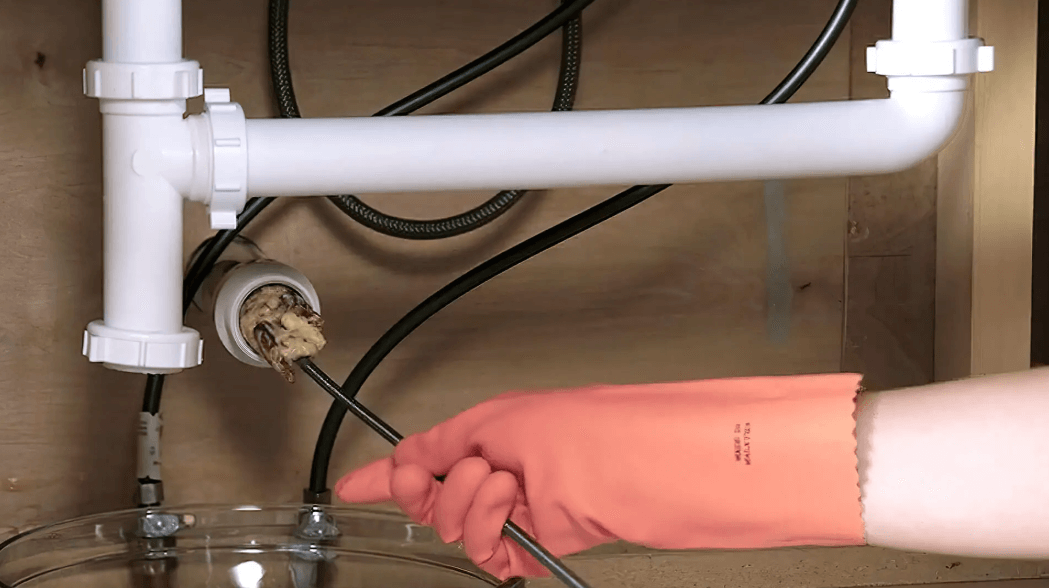In the push for sustainability, a bright spot-solar energy-is on the horizon for homeowners and businesses. Before diving into the world of photovoltaics, don’t overlook your roof as a crucial starting point in the eco-excitement.
When transitioning to solar power, the roofing material you choose can make a big difference. It affects the performance and life of your system. But which roof is the right roof for solar panels?
In this comprehensive guide, we break down the top considerations for choosing the best roof for solar panels. This will ensure you harness the full power of the sun efficiently, cost-effectively, and sustainably.

Assess Your Solar Potential
Before we talk about choosing a solar panel-ready roof, it’s essential to understand your solar potential. Consider factors such as:
- your location
- tilt and direction of your roof
- any shading from trees or buildings
These factors can significantly impact the performance of your solar panels.
A simple way to start is by using online tools that calculate achievable sun hours per day on your roof. This will give you an idea of how much energy you can generate. Remember, the keyword here is ‘potential.’
We’re setting the stage for your panels to rock their performance. So ensure these metrics are on your radar as you proceed with selecting the ideal roof.
Maximizing Energy Production with the Right Roof
It’s not just about where, but also how your solar panels sit on your rooftop. Weather conditions and your roof’s structure come into play. A roof that allows for the correct placement and orientation of your solar panels is essential for energy efficiency.
Choosing the Correct Slope
The ideal slope for solar panels is your latitude, plus or minus 10-15 degrees. This ensures that your panels catch the most sunlight throughout the year.
If your current or prospective roof doesn’t fit this range, you can adjust it. But, it’s best to start with a roof that fits these guidelines.
Roof Orientation and Shading
South-facing roofs typically receive the most sun in the northern hemisphere. This makes them the best choice for solar installations. Panels should ideally face these directions to capture the maximum sunlight potential
It’s also vital to ensure no shading blocks solar access. Shading can come from neighboring structures or the roof itself during peak daylight hours.
Photovoltaic Roof Tiles vs Traditional Solar Panels
Solar energy technology has evolved. It now offers photovoltaic roof tiles or a shingled solar panel that blends with traditional roofing.
These tiles provide the weather resistance of standard roof tiles. They also produce energy like solar panels. They cost more upfront. But, they can be a good-looking and space-saving option for some buildings.
Durability and Maintenance
A roof that supports solar panels must be durable, capable of bearing additional weight, and designed to last as long as your solar investment. Heavy tiles can be a burden on some structures, while weaker materials may require more frequent maintenance and could compromise the integrity of both the roof and the solar panel installation.
Assessing Weight Bearing Capacity
It’s not just about the weight of the panels; you need to factor in the mounting system, reinforcement, and any other additions. An engineering assessment will help determine if your roof can support solar panel installation or if it needs strengthening beforehand.
The Solar Panel Lifespan
Solar panels usually outlast the roofs they sit on if properly maintained. On average, a well-installed solar panel can perform for upwards of 25 years.
However, the roof may need replacing in that timeframe. This is a significant consideration, as removing and reinstalling solar panels during roof replacement can be a costly and disruptive process.
Financial Considerations
Your choice of the best roofing for solar panels can mean the difference between a system that pays for itself and one that’s a perpetual money pit. From the cost of the roof to the potential savings from energy production, it’s essential to weigh the financials carefully.
Initial Investment
The upfront cost of a new roof, or retrofitting your existing one, is an important consideration in the overall financial viability of your solar project. Balancing quality, durability, and financial outlay can dramatically affect the long-term economics of your investment.
Return on Investment (ROI)
The expected lifespan and energy efficiency of your solar panels, coupled with any available rebates or incentives, will significantly influence your ROI. It’s a good idea to calculate the potential savings in your energy bill against the initial investment and ongoing maintenance costs.
Financing Options
Thankfully, there are numerous financing options available for solar projects, including loans, leases, and power purchase agreements. Understanding and selecting the right financing model for your situation can make the transition to solar power more accessible and more affordable.
Regulatory Hurdles and Solar Roofing
Local regulations and building codes can dictate the type of solar panel systems and roof materials you can use. More stringent codes in coastal or high-wind areas, for example, might require specially designed solar mounting. Understanding and complying with these rules is essential for a smooth solar installation process.
Permits and Approvals
Securing the right permits for your solar installation can be challenging. Ready-to-go solar roofing reduces the likelihood of project delays due to permitting requirements. Be sure to check local regulations and engage with experienced professionals, such as these expert installers of residential solar panels in Minneapolis, who can guide you through the process.
Insurance Implications
Your homeowner’s insurance will need to cover any new roof and solar installation. Check with your provider to understand the changes to your premiums and coverage. Additionally, ensure that your solar investment is protected in case of damage or malfunction.
Final Thoughts on Choosing the Best Roof for Solar Panels
Choosing the best roof for solar panels is crucial for your renewable energy plan. Consider solar potential, efficiency, and durability. Secure finances and regulations to ensure long-term clean, cost-effective energy.
With this guide, you can decide on pairing your roof with solar tech, demonstrating a commitment to sustainability. Remember, the sun is eager to contribute to your life as you are to harness its power. Find the ideal roof for your solar panels and unlock a green energy future.
Check out our blog for valuable insights and tips. Get informed about home and lifestyle decisions. Start browsing now for more details.





